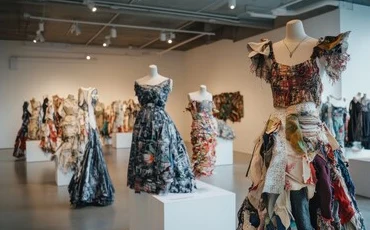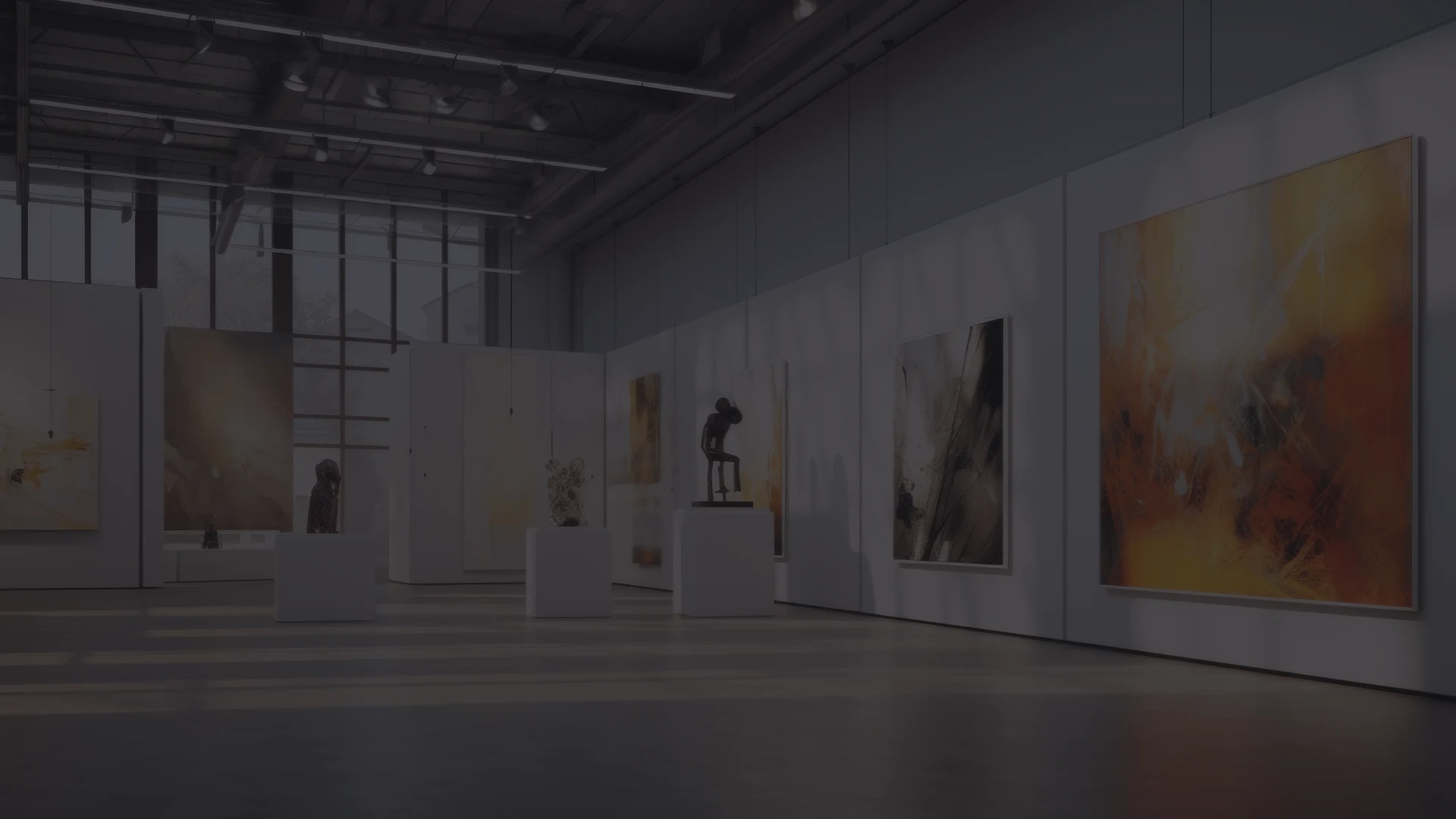
Exploring the vibrant world of contemporary art and culture
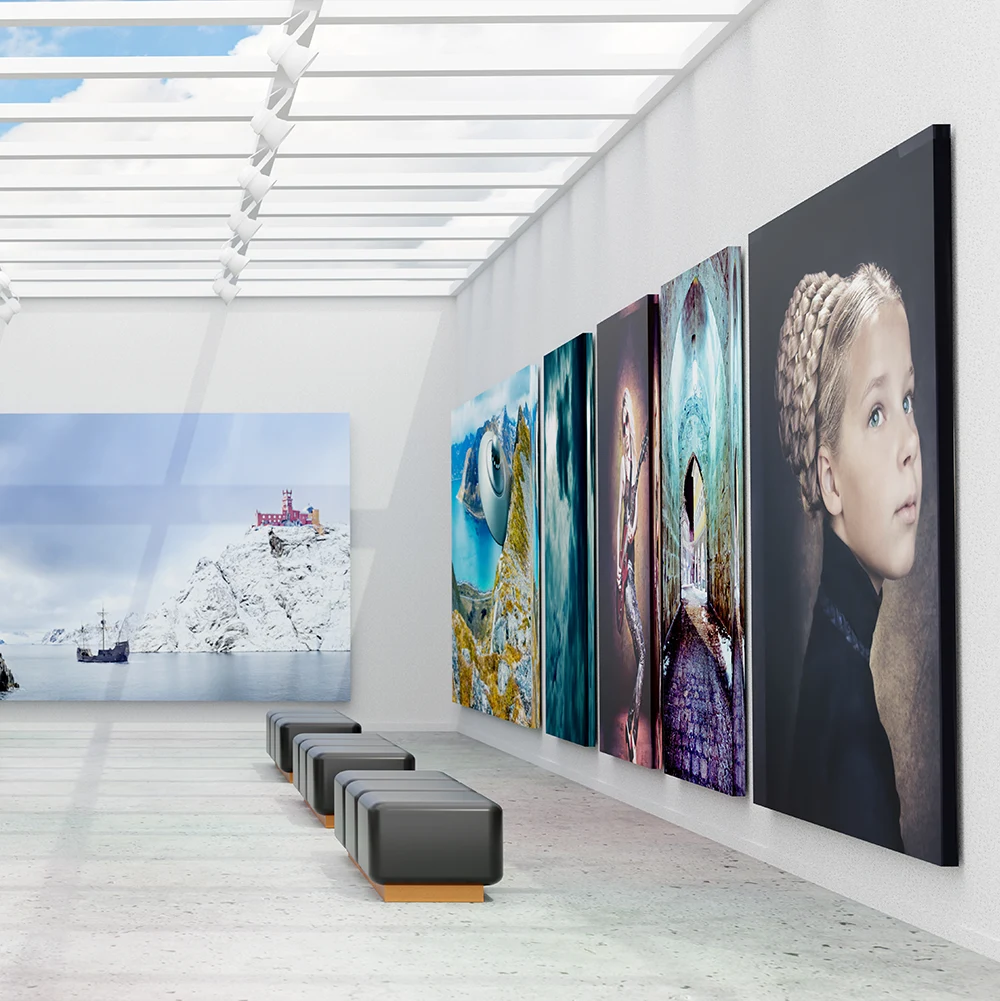
Technological art frontiers
Art and technology: a revolutionary fusion

The intersection of art and technology has given rise to groundbreaking forms of creative expression. Digital art creation tools have empowered artists to push the boundaries of traditional mediums, while virtual reality experiences offer new dimensions for artistic exploration. Artificial intelligence is being harnessed to generate unique artworks, challenging our perceptions of creativity and authorship.
Digital art creation tools
Software like Adobe Creative Suite and Procreate enable artists to craft intricate digital masterpieces, blending traditional techniques with cutting-edge technology.
Virtual reality art experiences
Platforms such as Tilt Brush allow artists to paint in three-dimensional space, creating immersive artworks that viewers can explore from within.
AI-generated artwork
Machine learning algorithms like GANs (Generative Adversarial Networks) are being used to create unique artworks, raising questions about creativity and artificial intelligence.
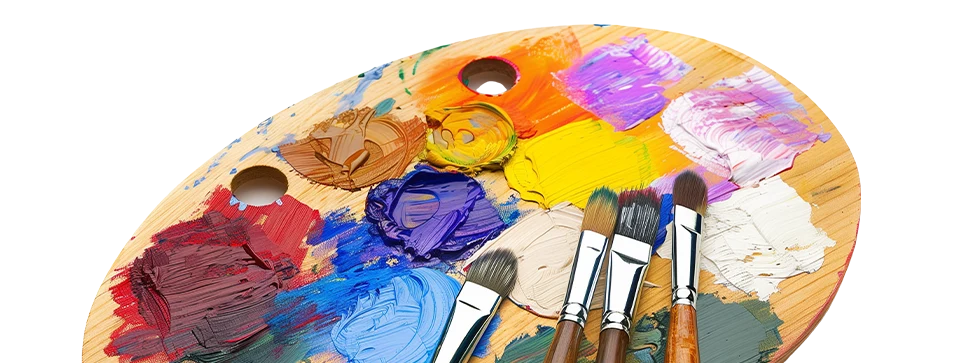

Art market dynamics
Navigating the contemporary art market
The art market has evolved significantly with the advent of online platforms and digital technologies. Online art auctions have democratized access to collecting, while blockchain technology is being utilized for art authentication and provenance tracking. Art investment strategies now incorporate data-driven analysis of market trends, helping collectors make informed decisions in a rapidly changing landscape.
Fashion as art form
Fashion and design: wearable art and sustainable innovation

Urban canvas: street art and public installations
Creative cityscapes
Architectural innovations
Architecture and visual arts: shaping our environment

Architecture plays a crucial role in shaping our visual and cultural landscape. Sustainable building designs are at the forefront of modern architecture, with projects like the Bosco Verticale in Milan integrating nature into urban structures. Architectural photography has become an art form in itself, capturing the interplay of light, form, and space in built environments. Historic building preservation efforts ensure that architectural heritage is maintained, while cutting-edge rendering software allows architects to visualize and refine their designs before construction begins.
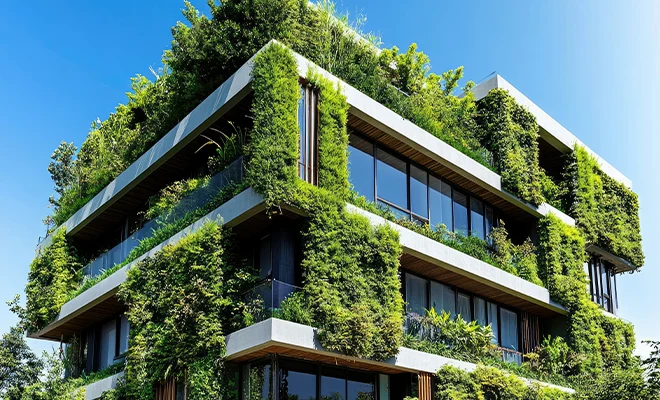
Sustainable architecture
Green building practices prioritize energy efficiency and environmental impact reduction.
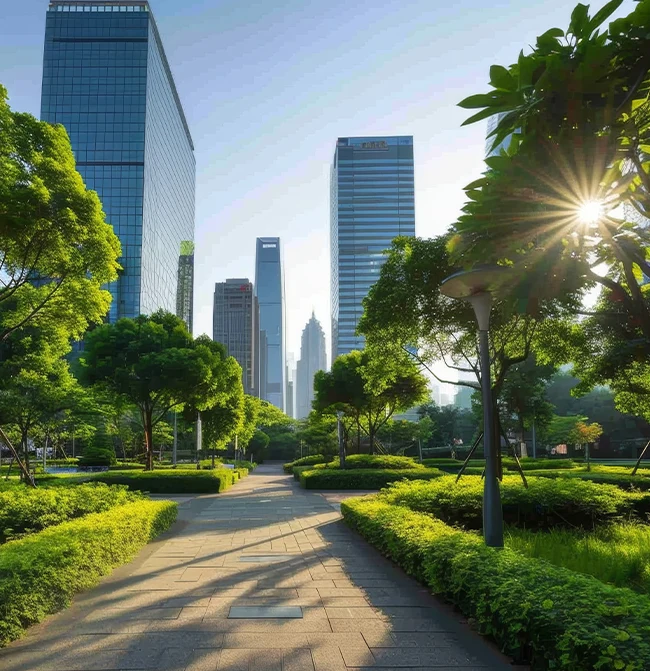
Urban planning innovations
Smart city designs integrate technology to improve urban living experiences.
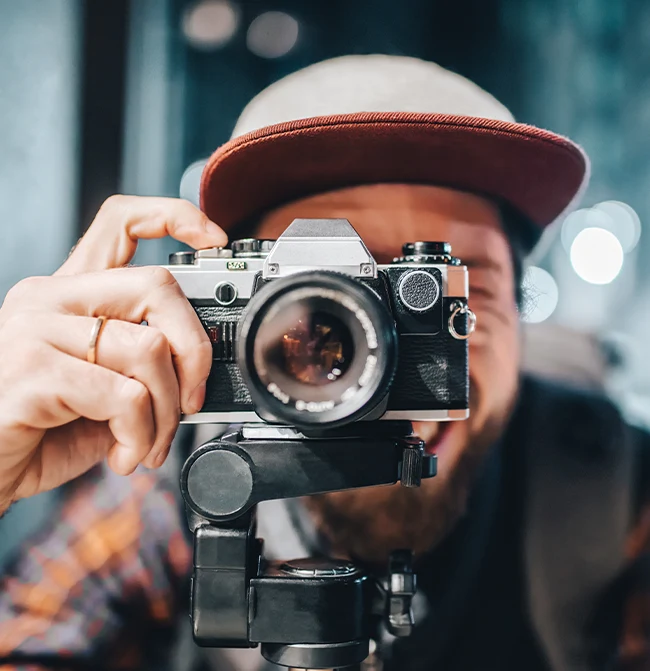
Architectural photography
Photographers capture the essence of structures, highlighting form and function.
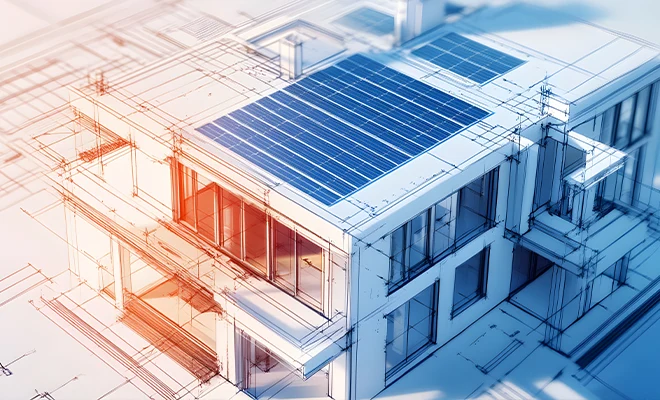
Architectural rendering
Advanced software allows for detailed visualization of architectural concepts.
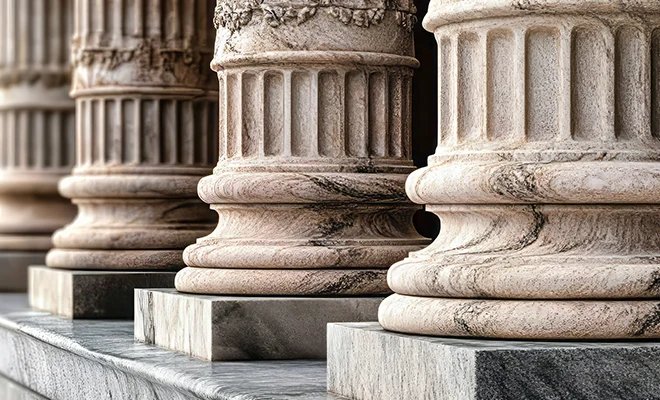
Historic preservation
Efforts to maintain architectural heritage balance modernization with conservation.
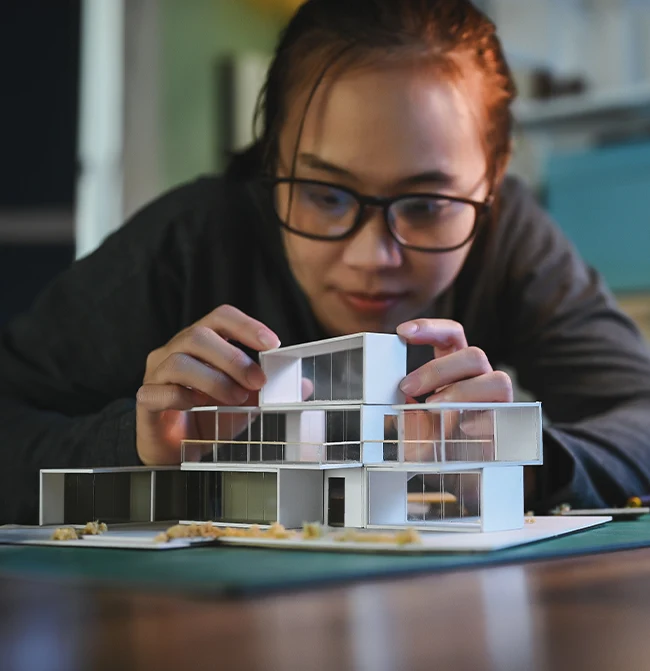
Visual arts education
Programs offer interdisciplinary approaches to architecture and visual arts.
Digital art preservation
Media and digital art: preserving the ephemeral
Digital art conservation
As digital art becomes increasingly prevalent, new challenges arise in preserving these often ephemeral works. Museums and institutions are developing specialized methods to ensure the longevity of digital creations, from interactive installations to algorithm-based artworks.
Digital art curation tools are evolving to meet the unique needs of new media art. These platforms allow curators to manage, display, and contextualize digital works in both virtual and physical gallery spaces, ensuring that the artist’s vision is accurately represented across different technological environments.

